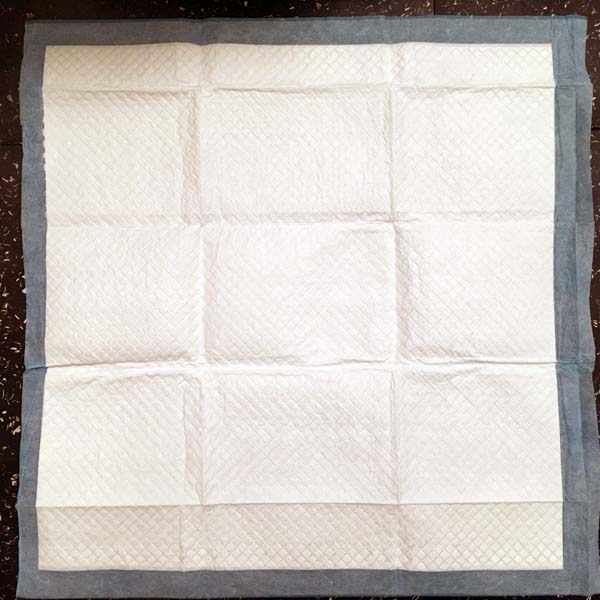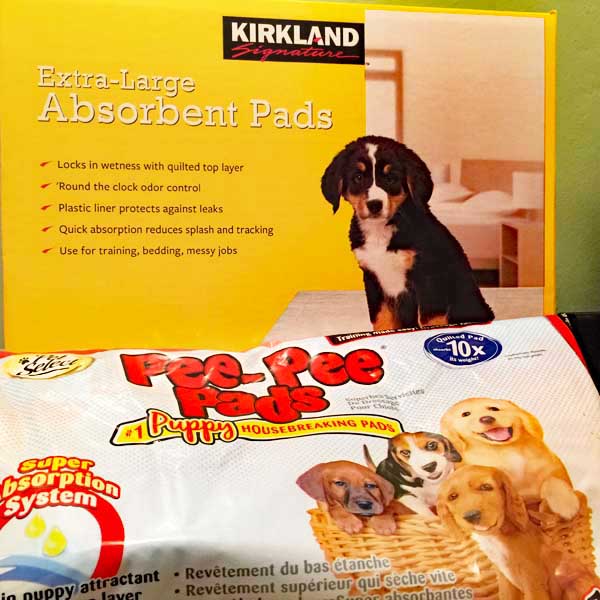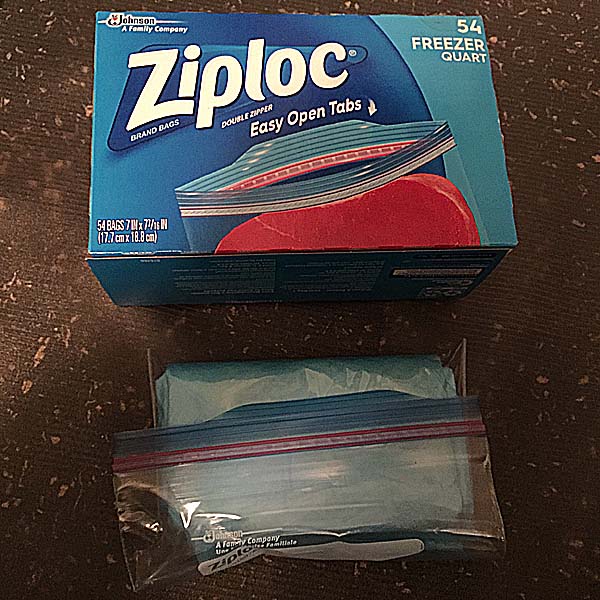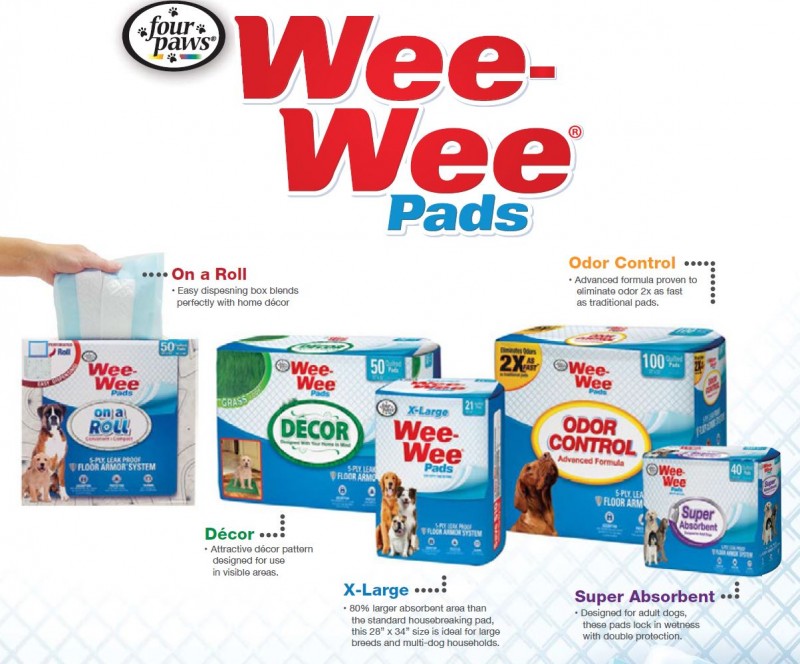Getting my teeth brushed was fine once I got used to it, but that took some doing. Ted started brushing my teeth while I was still a puppy. The vet told him that it was either that or someday I would have to be put under anesthesia to have my teeth cleaned and have bad ones extracted. Well, that was enough motive for Ted. He likes to keep my health and grooming as perfect as possible.
The first times I had no way of knowing what was happening. So Ted held the toothbrush close to my mouth and let me smell the toothpaste. I licked it right off the brush. Ted added a little more, held me tight without squeezing me too much, and pried my mouth open. I trusted him, so I didn’t resist too much at first, not until he inserted the brush and began to saw away upon my teeth. It was very confusing. I struggled to pull my head away to free myself of the brush, while at the same time trying to lick it as Ted held me firm, so my tongue kept getting in his way. Being constrained like that made me panic, and I got a little crazy. When that happened, Ted released me and comforted me. He did no more the first time. However, he repeated the procedure after dinner in the evening, and then again after breakfast in the morning, and continued every morning and evening afterwards. He never pushed me too far. He always gave up easily so as not to panic me. He persisted, however, and slowly but surely it became part of our routine, and there was no more struggling at all on my part. I focused on how good the toothpaste tasted. It is now rather like having dessert after dinner.
For some years Ted bought dog toothpaste from my veterinarian; he felt reassured of the product’s quality getting it that way. He also purchased cat toothbrushes from the vet, because as a Chihuahua I have a small mouth.
One day when Ted went to the vet replenish our supply of toothpaste and brushes, he unhappily learned that the vet’s supplier was out of the accustomed product. So temporarily at least, Ted would have to obtain a substitute elsewhere. He turned to the Internet, and in the process began reading articles about the contents of the various dog toothpastes. He became very concerned that almost all of them contained questionable chemicals. Humans spit out their toothpaste and rinse, so they can use otherwise noxious chemicals like fluoride that cleans teeth well and fortifies against decay. Not so for dogs. Whatever we brush with, we swallow. Ted studied the ingredients of many brands, and he finally decided to try a toothpaste recommended often by people with the same concern, Sentry Petrodex Natural Toothpaste for dogs. He researched each ingredient and decided that all seem safe to ingest.
Ted puts a little toothpaste on the brush and starts with my uppers, first the exterior and then the interior. He rinses the toothbrush, adds a little toothpaste and wets the brush again, then does my lower teeth, first exterior, then interior. If he started the uppers on the left side of my mouth, he starts the lower teeth on the right side, to make sure the toothpaste has been distributed evenly. Then he rinses again, adds toothpaste, and wet the brush again to begin my front teeth. I don’t like having the exteriors of my front teeth brushed, so I tend to struggle just a bit, wagging my head back and forth; so Ted holds the brush stationary, and my head-wagging does the brushing. Then Ted easily brushes the interiors of my upper teeth, and then a few strokes on the lowers. That it. All that’s left to do is to allow me to lick the brush a few times for any remaining taste of the toothpaste.
Dog toothbrushing is very important and not at all hard to do once everyone is used to it.
© Copyright 2016 Woodwrit, Inc.



